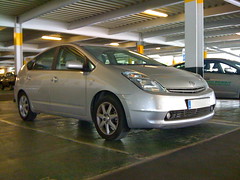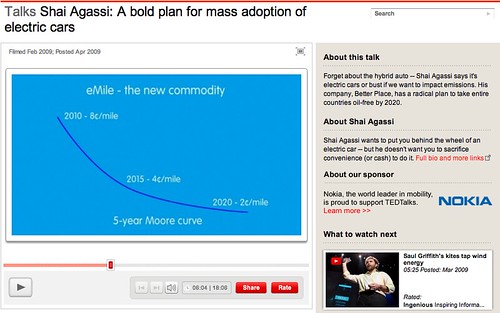I went to Jerez today to collect the a Honda Insight which Honda offered to me to try out. They are letting me have it for a week.
Jerez is about 100km away. I drove there in our Prius and drove back in the Insight. A couple of differences struck me straightaway –
- First off, the dashboard of the Prius is far clearer – the Insight’s dashboard is not integrated and makes finding the information you want more complex (not something you want distracting you while you are driving)
- Secondly, the Insight seems more responsive than the Prius – although I wasn’t pushing the Insight, the accelerator was very obviously more sensitive than the Prius’.
In terms of fuel economy, the Prius beat the Insight on the 100km journey with the Prius achieving 5.1l/100km as opposed to the Insight’s 5.5l/100km – it might not sound like much but that makes the Prius 8% more fuel efficient than the Insight in this (admittedly unscientific) test.
I’ll publish more pics and impressions of the insight as the week progresses.





